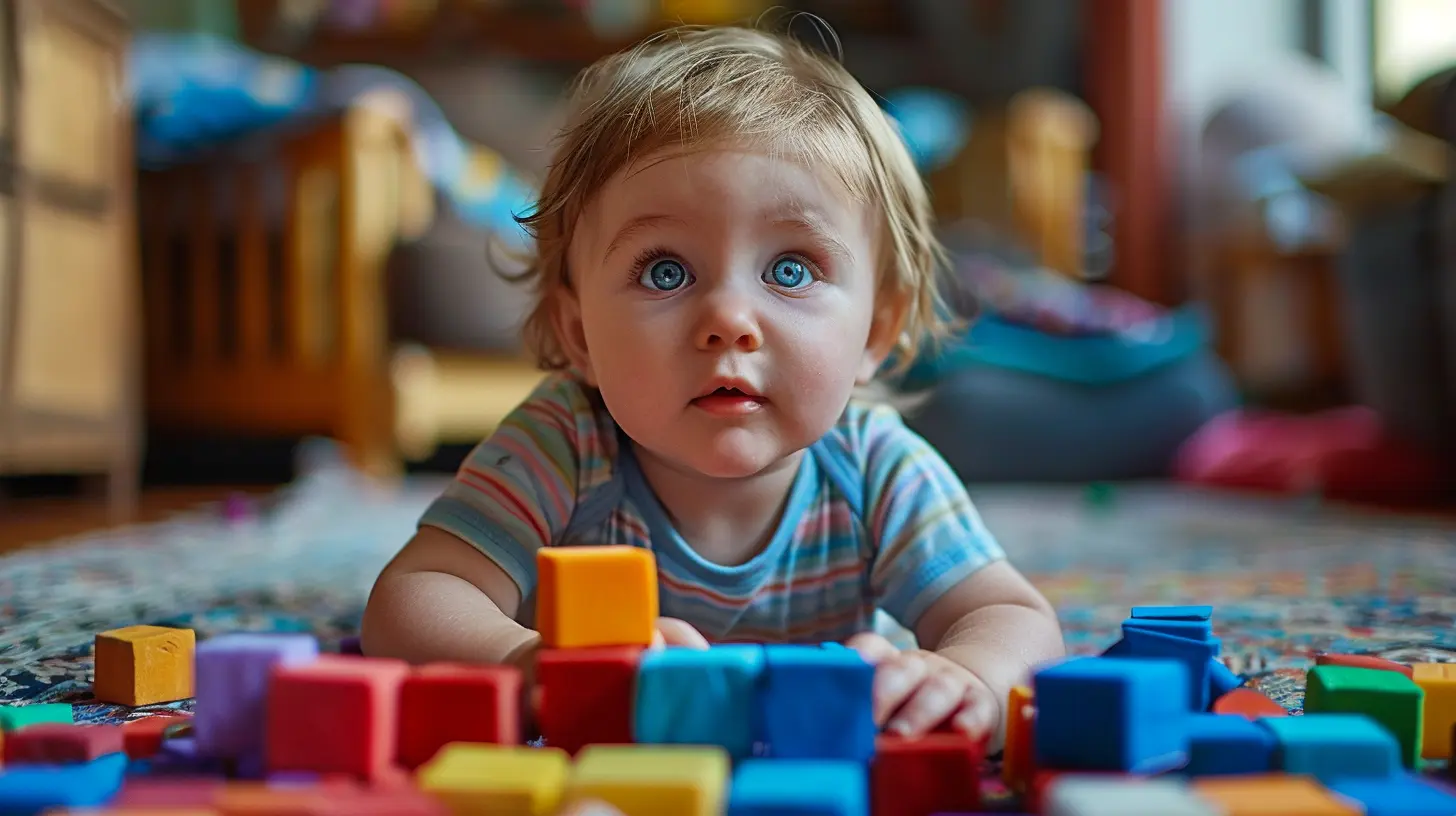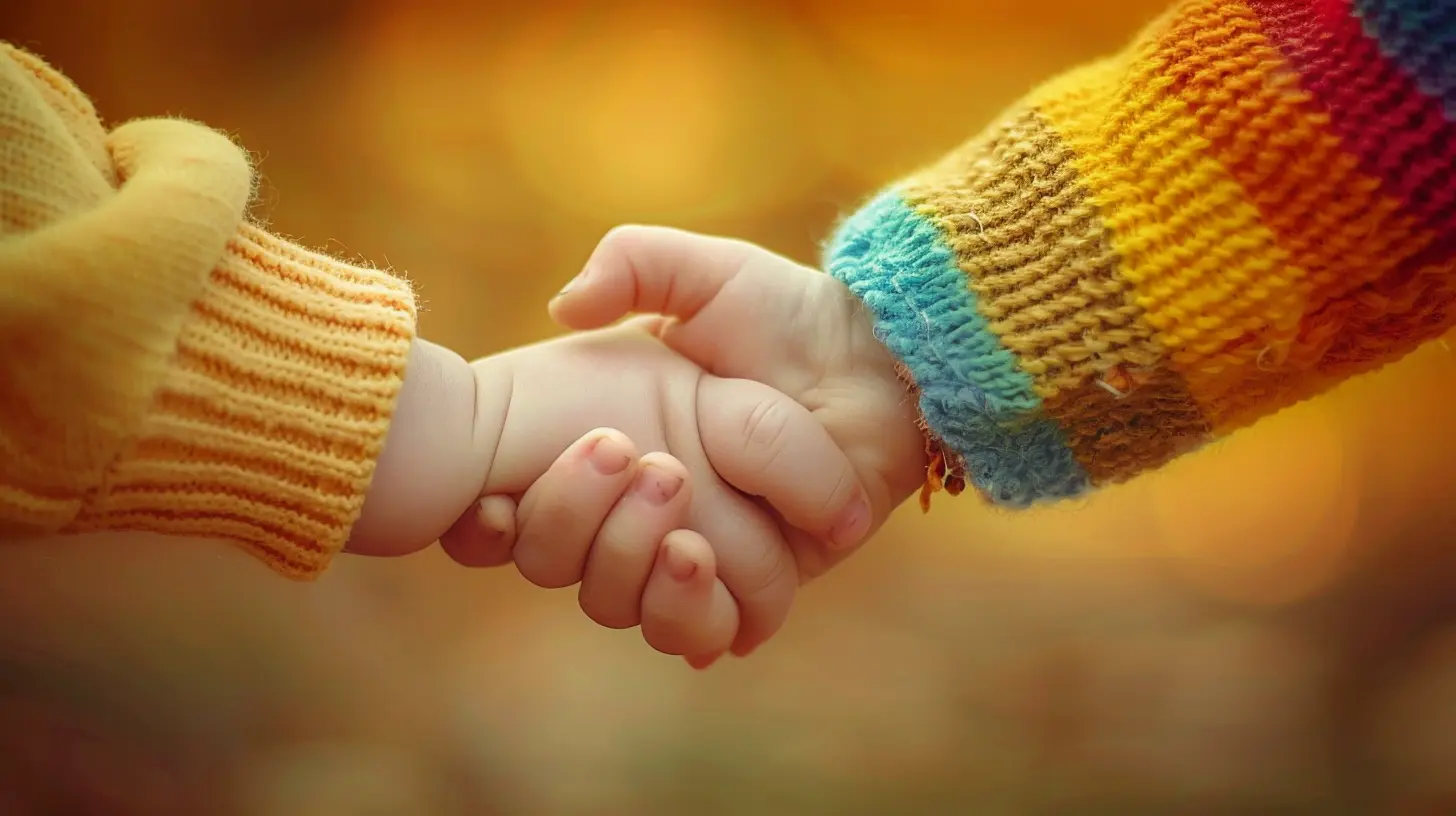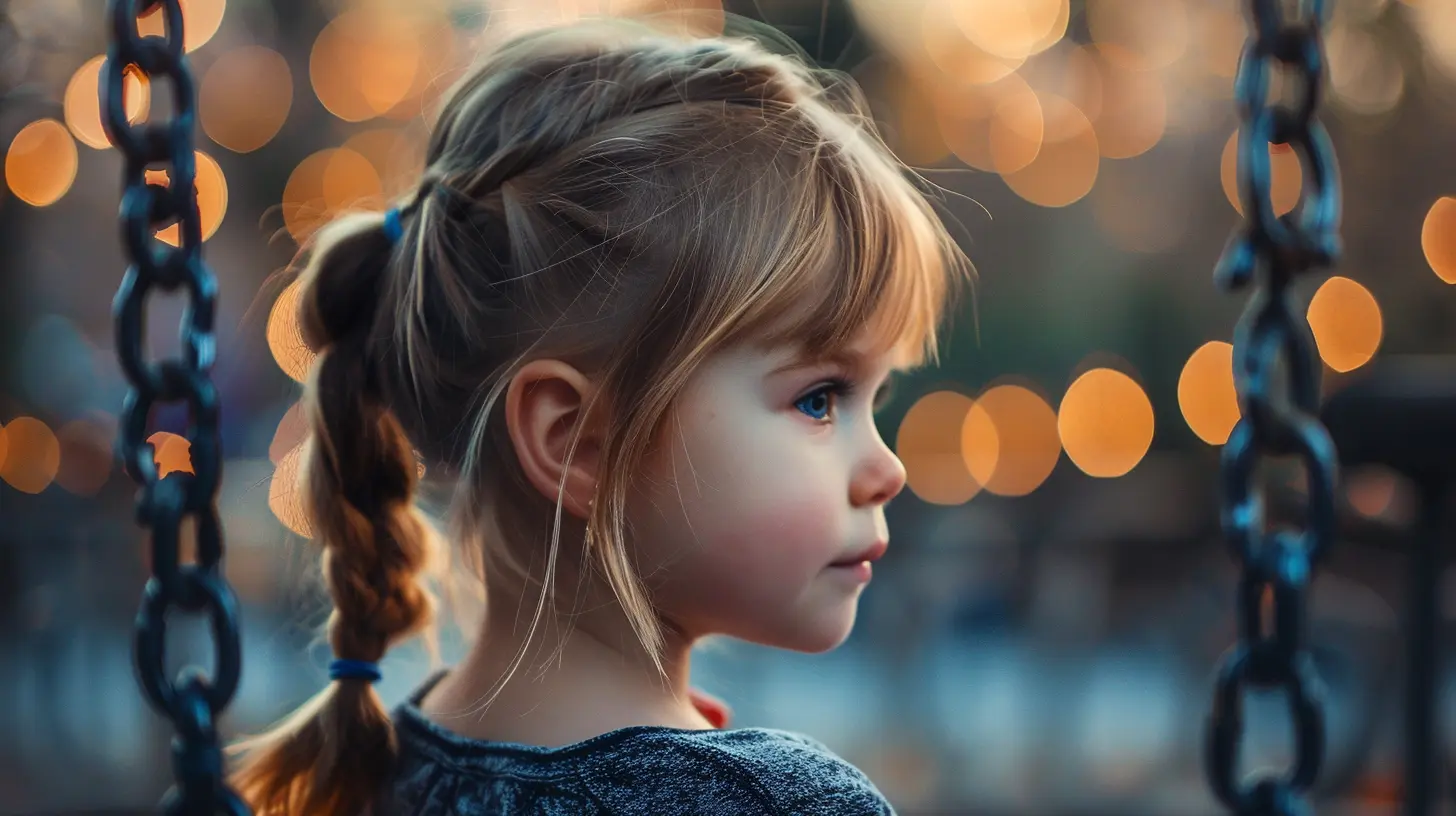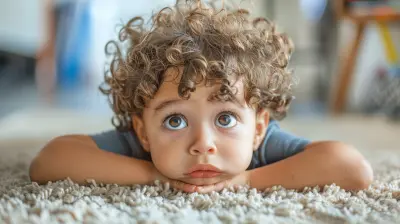Understanding the Role of Attachment in Early Childhood Development
14 July 2025
So, you're probably wondering—what's all the fuss about attachment when it comes to babies and toddlers? Is it just a parenting buzzword, or does it really matter that much? Spoiler alert: it absolutely matters, and it’s one of those things that can shape a child's entire life. Yep, we’re talking about emotions, brain development, social skills, and even how they manage relationships as adults.
But don't worry, this isn’t going to be a complicated psychology lecture. We're breaking it down in simple, everyday terms so you can truly understand why attachment is a big deal and how it plays out in the real world.

What Is Attachment, Anyway?
Let’s start with the basics. Attachment is that emotional bond a child forms with their caregiver—usually a parent. This bond becomes a sort of emotional anchor. Imagine a baby’s heart like a little sailboat, and the parent is the anchor keeping it steady through all the waves of life. When the anchor holds firm, the boat can handle the storms.This bond is built through everyday stuff: cuddling, feeding, talking, responding to cries, showing love. It’s less about being perfect and more about being present.

Why does Attachment Matter?
Here’s the deal—attachment in early childhood shapes a child’s:- Sense of safety and trust
- Emotional regulation
- Social skills
- Brain development
- Self-worth
In other words, it’s foundational. A securely attached child feels safe to explore their world, try new things, and bounce back from challenges. When kids know someone’s got their back no matter what, they flourish.

The Science Behind It (Without Getting Boring)
Let’s geek out for a sec—but stay with me! Back in the 1950s, a British psychologist named John Bowlby introduced attachment theory. He believed that the bonds children form with their caregivers are crucial for survival and development. His work, later expanded by Mary Ainsworth, categorized attachment into four styles:1. Secure Attachment
2. Anxious-Ambivalent Attachment
3. Avoidant Attachment
4. Disorganized Attachment
Don’t worry, we’re not slapping labels on your child. But understanding these patterns can help you recognize what’s going on emotionally with your little one—and maybe even yourself.

Secure Attachment: The Golden Standard
This is what we’re aiming for. A securely attached child feels safe, seen, and soothed. They understand that their caregiver will be there for them—even when they’re mad, scared, or just plain cranky.Signs of secure attachment in a child:
- They seek comfort when upset and calm down when comforted
- They’re curious and explore confidently
- They come back to you for reassurance—a.k.a. “check in” behavior
- They can express what they’re feeling over time
Now, secure attachment doesn’t mean never crying or never getting upset. It means the child knows that, even in those messy moments, they’re safe and loved.
Other Attachment Styles: When Things Go Off Course
Sometimes, due to stress, lack of support, or trauma, a child may develop insecure attachment patterns.1. Anxious-Ambivalent Attachment
These kids might appear clingy, overly dependent, or afraid to be away from their caregiver. Why? Because they’re not sure when or if their emotional needs will be met.2. Avoidant Attachment
This child may seem super independent or detached. They might not seek comfort from adults and can act like they’ve got everything under control. But inside? There might be a fear of rejection or being let down.3. Disorganized Attachment
This one’s the trickiest. It often stems from situations where the caregiver is a source of fear (abuse, neglect, or serious unpredictability). These kids can show confusing behaviors—like approaching, then suddenly avoiding.Again, these labels aren’t to scare you. They're more like road signs—pointing us toward what support a child might need.
How Do We Build Secure Attachment?
Good news—you don’t need to be a perfect parent. You just need to be a good-enough one. Seriously.Here’s what helps foster secure attachment:
1. Be Emotionally Available
Kids need to know you're emotionally present. When your toddler is throwing a tantrum because their toast broke in half (again), it’s not about fixing the toast—it’s about being there, calm and connected.2. Respond Consistently
This doesn’t mean jumping up every time your baby squeaks, but it does mean trying to respond in a way that’s predictable and loving. Babies, like adults, find comfort in consistency.3. Hold and Snuggle
Touch is powerful. Skin-to-skin, hugs, rocking—it all reinforces that emotional connection. Think of physical touch as emotional glue.4. Talk, Listen, and Reflect
Babies might not talk back (yet), but they’re listening. When you talk to them, respond to their coos, or mirror their expressions, you’re helping them feel understood—and that matters, even before words.5. Repair After Conflict
No one stays calm all the time, especially during toddler meltdowns or sleepless nights. But here’s the magic: what really matters is the repair. A simple, “I’m sorry I was frustrated. I love you and I’m here,” teaches kids that relationships can handle bumps.Is It Too Late If Things Weren’t Ideal?
Here's the truth: it’s never too late. Attachment is like a living, breathing thing—it can grow, shift, and heal.Maybe you had postpartum depression. Maybe you were stretched too thin. Or maybe your parents didn’t model secure attachment, so you’re figuring this stuff out as you go. That’s okay.
Kids are resilient. With intentional effort and emotional presence, you can form or rebuild strong, healthy bonds.
The Role of Dads, Grandparents, and Other Caregivers
While the majority of attachment research focused on mothers, the reality is that any consistent, loving caregiver can be an attachment figure. Dads, grandparents, aunties, babysitters—they all matter.What’s important is that the child feels safe and loved with these people. The bigger their circle of trust, the better their emotional regulation and social skills later on.
Attachment and Brain Development
Here's something wild: attachment shapes the architecture of your child’s brain.When a baby gets consistent comfort and care, their brain builds neural pathways that support:
- Emotional regulation
- Empathy
- Problem-solving
- Stress management
On the flip side, chaotic or neglectful environments can overload a child's stress system, making it harder for them to self-soothe or connect with others.
So, in essence, those quiet moments of rocking your baby or holding your toddler after a meltdown? They're literally rewiring their brain for the better.
How Attachment Affects Future Relationships
Here’s the long game: your child’s early attachment style sets the tone for how they navigate relationships for the rest of their life.Securely attached kids are more likely to:
- Form healthy friendships and romantic relationships
- Handle conflict with more ease
- Trust others and seek support when needed
- Be empathetic and caring
That’s huge, right? We’re not just raising kids—we’re raising future partners, friends, and parents.
What If You Struggle With Attachment As a Parent?
Let’s get real for a minute. Not everyone had a warm and fuzzy childhood. And sometimes, forming a bond with your baby feels harder than it “should.” That doesn’t make you a bad parent—it makes you human.If you’ve noticed you struggle with emotional connection or intimacy, reaching out for therapy, parenting support, or just talking to a friend can help. Working through your own attachment stuff can make you a more present parent—and heal you in the process.
Final Thoughts: Attachment Isn’t About Being Perfect
Let’s be honest—parenting is messy, wonderful, exhausting, and beautiful all at once. You're not going to respond perfectly 100% of the time. And guess what? You don’t have to.What matters most is being emotionally available, showing up consistently, repairing when needed, and loving your child for who they are. That’s how you plant the seeds for secure attachment—and watch your little human bloom.
all images in this post were generated using AI tools
Category:
Parenting StylesAuthor:

Austin Wilcox
Discussion
rate this article
1 comments
Isolde Richardson
Sure, just ignore attachment—what could go wrong?
August 3, 2025 at 2:48 PM

Austin Wilcox
Thank you for your comment! Attachment is crucial in early childhood development, and ignoring it can lead to significant emotional and social challenges later in life.


